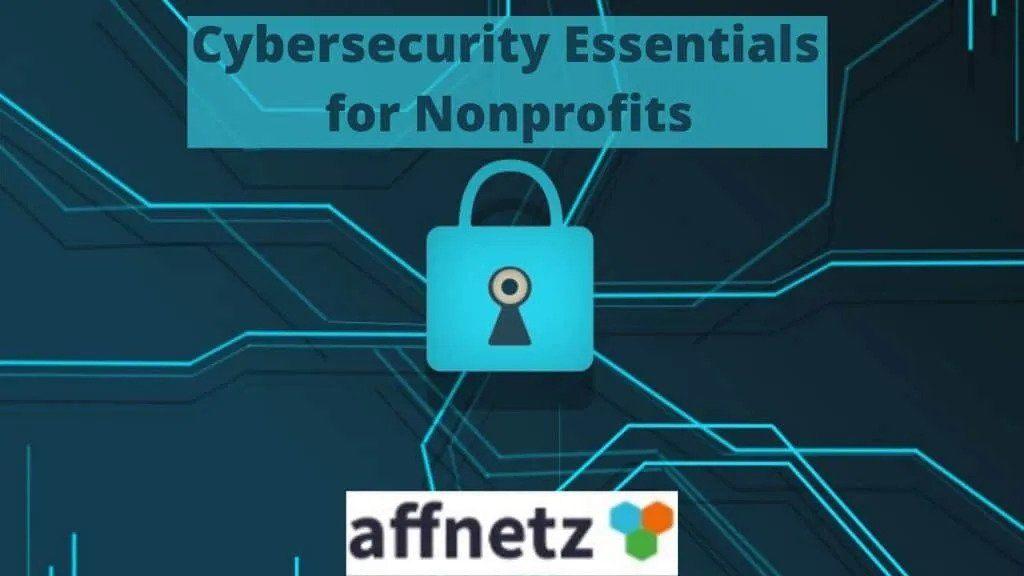With the COVID-19 pandemic, nearly all Nonprofit fundraising went online. As a result, organizations are looking for ways for improving virtual Nonprofit fundraising events: Here are some guidelines for getting the most out of these kinds of events.
ONE: Plan Carefully
Careful planning is a must for virtual fundraising events. It is new territory for even old fundraising hands. Missing details is too easy in the virtual environment. For example, one Nonprofit staged their event with the regular meeting version of a popular online meeting software. It wasn’t until registered guests were logging onto the event that the horrified hosts realized the version only allowed a maximum of 25 attendees.
TWO: Consider Hiring a Production Company
Nonprofits want every event to go smoothly and deliver a certain “wow” factor. The aim is to minimize distractions and maximize donated revenue. With the added complexity of online technology, following a do-it-yourself approach might be too risky. An ever-growing number of vendors offer services to cover both the technical and creative aspects of virtual fundraising events. Even though it adds cost, a high-quality virtual event may bring in enough funds to cover the extra cost and then some.
THREE: Leverage Technology to Expand Reach
One big advantage of virtual events is the potential to attract donors who otherwise would not have attended an in-person event. For example, some donors pass up Nonprofit galas because they don’t have the time or think it would be too expensive. These same donors may be more enthusiastic about a virtual gala where they can attend online and donate more modest amounts.
FOUR: Schedule Less Time
Virtual events should not be the same length as in-person versions. Attendee attention spans are shorter for online events. A rule of thumb is to schedule half the amount of time. It is too easy for attendees to drop off the online meeting before they can make their maximum donations.
FIVE: Create an Interactive Event
Virtual technology allows attendees to interact with the event through chat functions and social media integrations. Also, specialized tools like online auctions will further engage participants and drive revenue.
SIX: Make Recordings Available
Recording and posting the event for future viewing provides another revenue opportunity. Supporters who could not attend should be sent a link to the recording to view the festivities and encouraged to donate. Making an edited “highlights” reel might make for a more efficient communications vehicle.
Following these guidelines can help planners in improving virtual Nonprofit fundraising events that will result in greater revenue and donor satisfaction.


